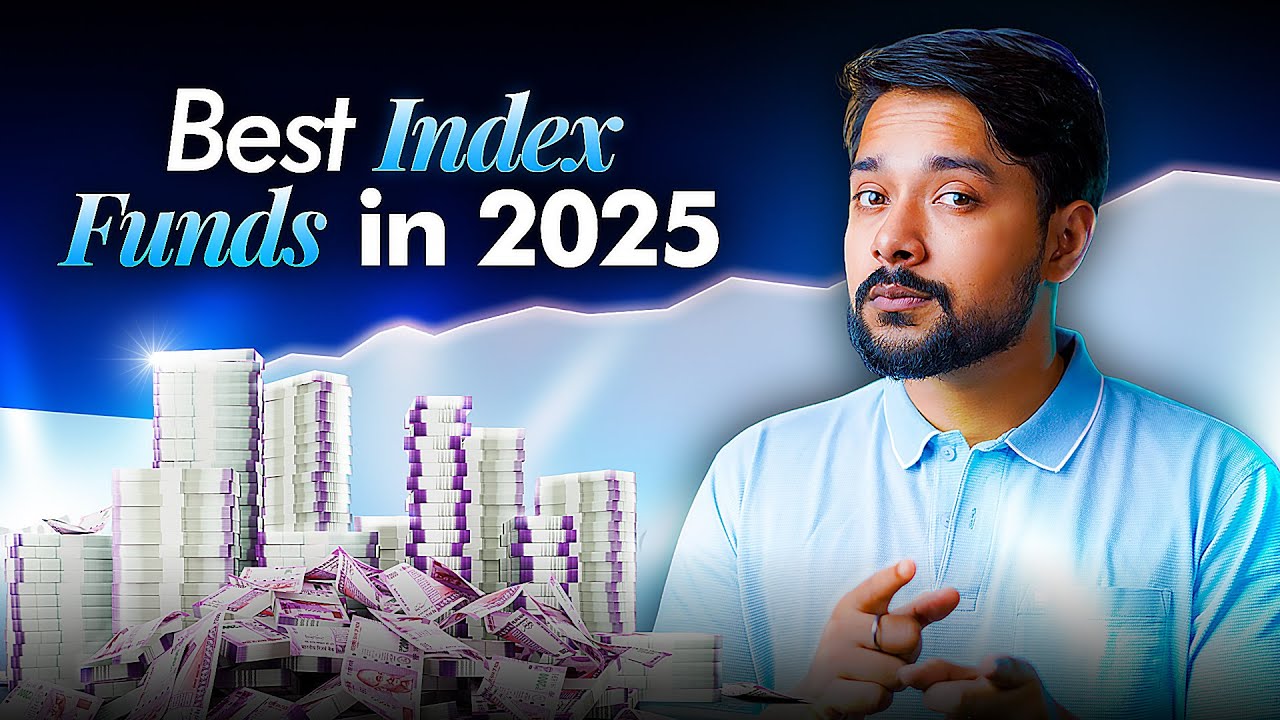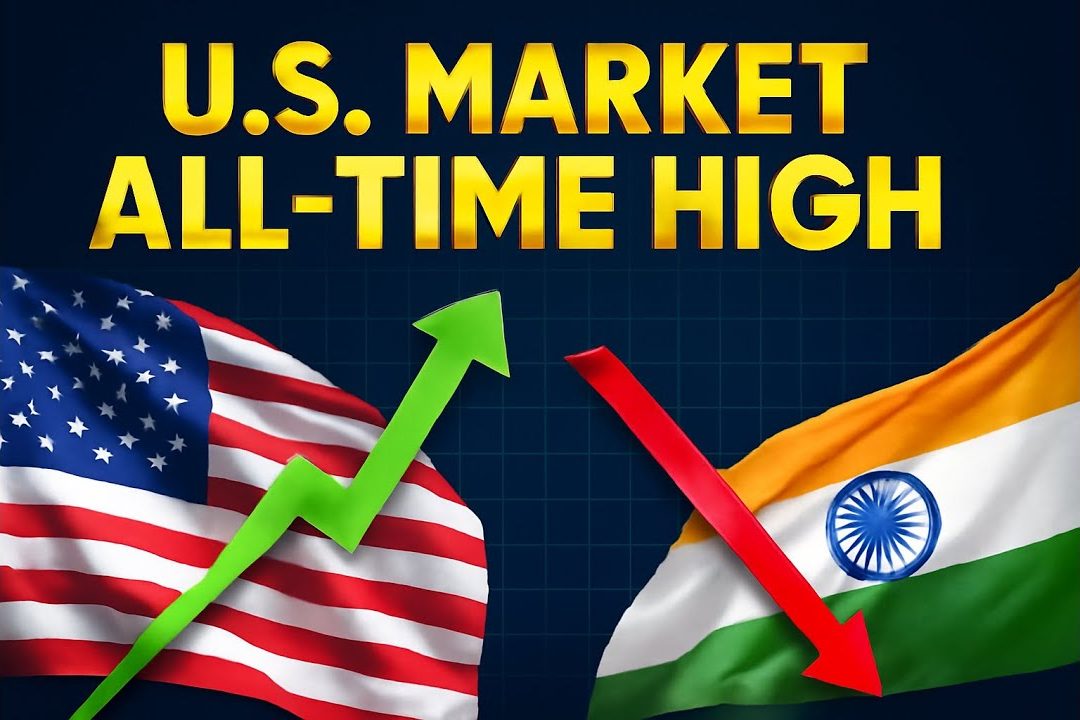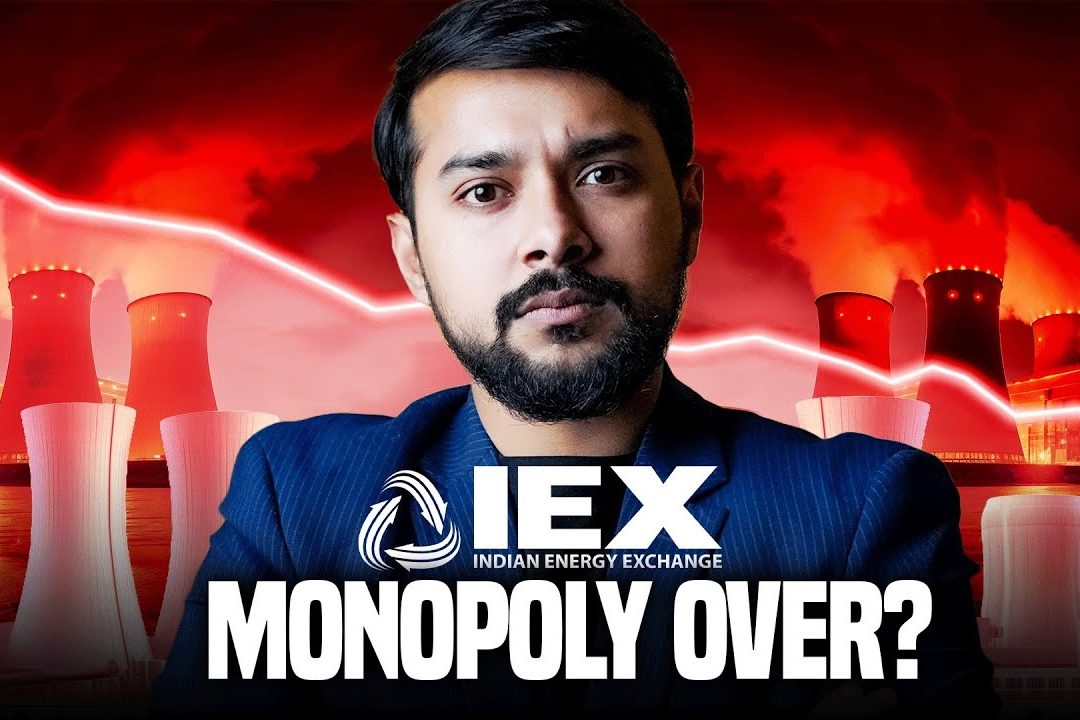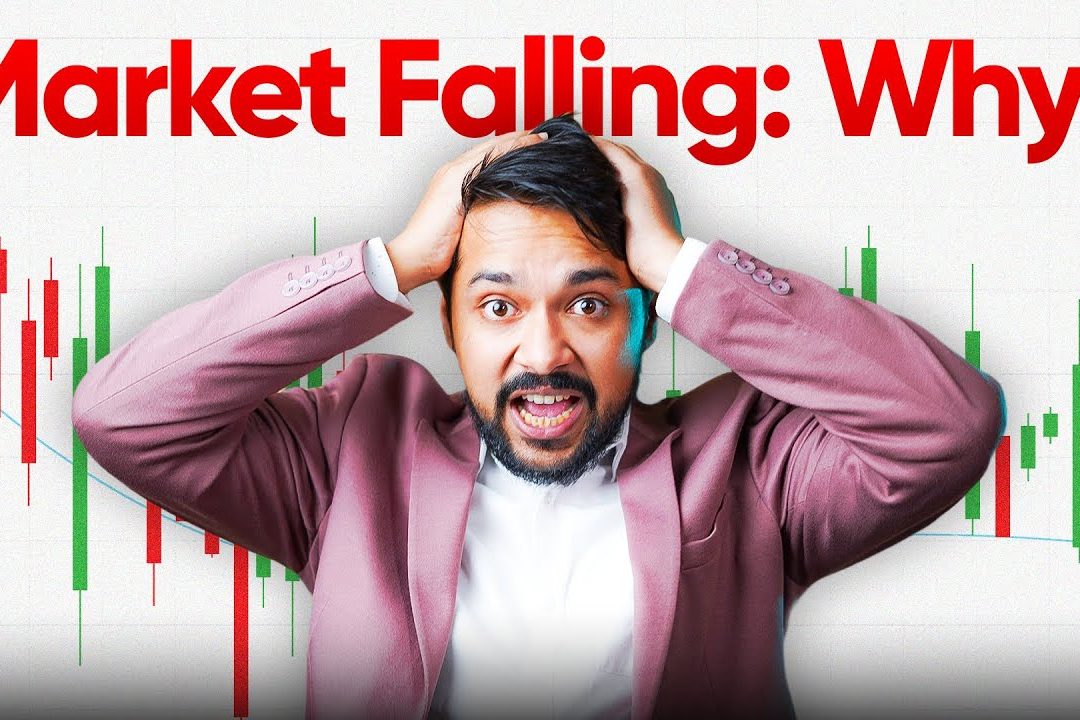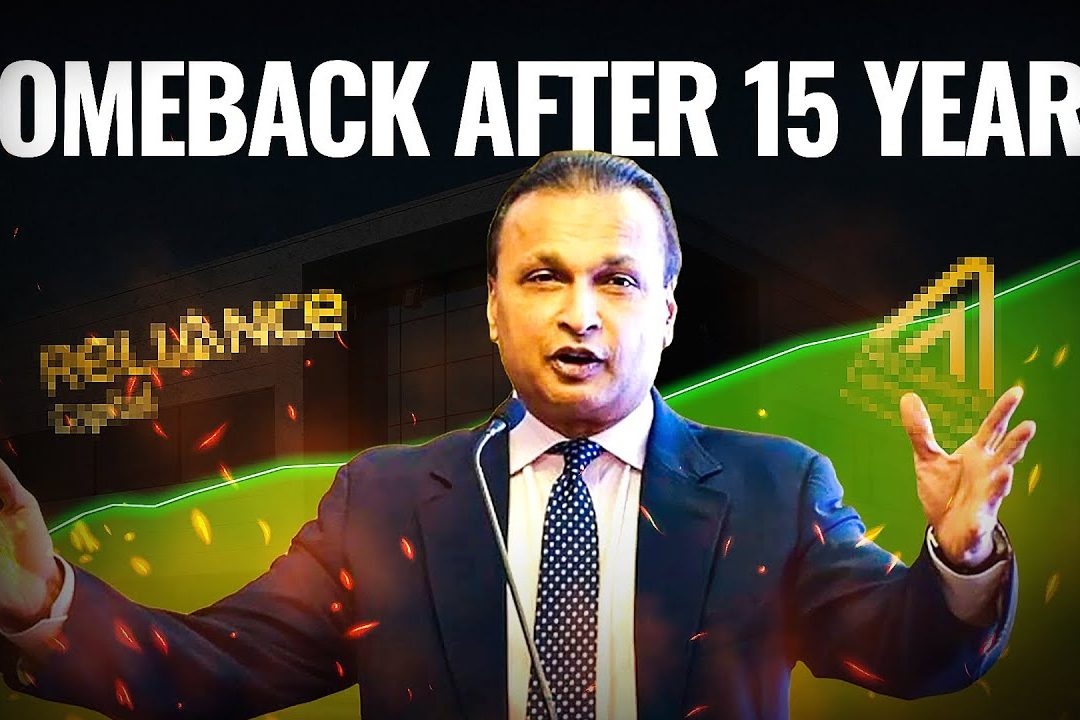Investing in the stock market can seem complicated, but with the right tools, anyone can start. One of the easiest and most effective ways to invest in the market is through index funds and exchange-traded funds (ETFs). If you’re looking for the best options for long-term growth in 2025, this blog will guide you through the essentials of index investing and help you understand why it’s becoming a popular choice.
What Are Index Funds and ETFs?
Before diving into the best index funds for long-term 2025, let’s first understand what index funds and ETFs are. Both of these options are excellent for passive investing, meaning they don’t require active management or daily decision-making.
What is an Index Fund?
An index fund is a type of mutual fund that aims to replicate the performance of a specific index, like the Nifty 50 or the Sensex. This means that an index fund invests in the same companies that are part of the chosen index. It’s a “set it and forget it” strategy, which is great for long-term investors who want stable returns over the years.
What is an ETF (Exchange-Traded Fund)?
An ETF is similar to an index fund but with one key difference: ETFs are bought and sold on stock exchanges, just like individual stocks. They’re more flexible and tend to have lower expense ratios compared to mutual funds. ETFs also tend to track their indices more precisely, making them a great choice for passive investors.
Why Are Index Funds So Popular?
There are a few reasons why index funds and ETFs have gained so much popularity in recent years.


1. Low Costs
Unlike actively managed funds that require a team of analysts to make decisions, index funds and ETFs simply follow a market index, making them much cheaper. The expense ratio, which is the fee charged by the fund, is typically lower for index funds and ETFs compared to actively managed funds.
2. Steady Returns
While no investment is without risk, index funds tend to provide more consistent, long-term growth. By investing in an entire index, investors can ride the market’s ups and downs, which often results in higher returns over time compared to individual stock picking.
3. Diversification
Investing in an index fund automatically diversifies your portfolio. Since the fund tracks an entire market index, you are essentially spreading your investment across many different companies, reducing risk.
Active vs. Passive Funds: Which is Better?
When considering the best index funds for long-term 2025, it’s essential to understand the difference between active and passive funds.
- Active Funds: In actively managed funds, a portfolio manager tries to “beat the market” by picking stocks they believe will perform well. However, studies show that actively managed funds often fail to outperform the market over the long term.
- Passive Funds (Index Funds and ETFs): These funds aim to match the performance of the market, not beat it. Studies consistently show that passive investing, especially through index funds, tends to offer better returns over time with lower fees.
In fact, research indicates that only 34% of actively managed equity mutual funds have managed to beat the benchmark over the last five years. This makes index funds and ETFs a more reliable and cost-effective choice for most investors.
Best Index Funds for Long-Term 2025
Now that we’ve discussed the basics of index funds and ETFs, let’s dive into the best index funds for long-term 2025. We’ll cover large-cap, mid-cap, and small-cap index funds that are best for long-term growth.
Large-Cap Index Funds
Large-cap funds are considered more stable and safer investments because they invest in well-established companies that have a market capitalization of over ₹20,000 crore. These companies are often leaders in their industry.
Some of the best large-cap index funds include:
- SBI Nifty Index Fund
- ICICI Prudential Nifty 50 Index Fund
- HDFC Nifty 50 Index Fund
These funds are reliable choices for long-term investors who want exposure to blue-chip stocks.
Mid-Cap Index Funds
Mid-cap stocks tend to offer higher growth potential than large-cap stocks but come with a bit more risk. These companies have a market capitalization between ₹5,000 crore and ₹20,000 crore.
Top mid-cap index funds for 2025 include:
- SBI Nifty Midcap 150 Index Fund
- Motilal Oswal Nifty Midcap 150 Index Fund
- HDFC Nifty Midcap 150 Index Fund
Mid-cap funds have the potential to deliver higher returns over the long term, but investors should be aware of the risks involved.
Small-Cap Index Funds
Small-cap stocks are the riskiest but offer the highest potential for growth. These stocks have a market capitalization of less than ₹5,000 crore. While they can provide substantial returns, they can also be quite volatile.
Some of the best small-cap index funds to consider are:
- SBI Nifty Small Cap 250 Index Fund
- HDFC Nifty Small Cap 250 Index Fund
- Motilal Oswal Nifty Small Cap 250 Index Fund
Small-cap index funds are ideal for investors with a higher risk tolerance and a long-term investment horizon.
Why Choose ETFs Over Index Funds?
While index funds are excellent for passive investing, some investors prefer ETFs because they offer several advantages. ETFs can be bought and sold throughout the trading day like stocks, and they often have lower expense ratios and less tracking error.
Some top ETFs for 2025 include:
- Nippon India Nifty 50 ETF
- ICICI Prudential Nifty 50 ETF
- HDFC Nifty 50 ETF
ETFs are ideal for investors looking for a more flexible investment option. However, it’s essential to note that buying ETFs requires a Demat account, so you’ll need to set one up if you don’t have one already.
Tracking Error and Expense Ratio: What You Need to Know
When choosing an index fund or ETF, two important factors to consider are tracking error and expense ratio.
- Tracking Error: This is the difference between the performance of the fund and the performance of the index it tracks. A lower tracking error means that the fund is doing a good job of replicating the performance of the index.
- Expense Ratio: This is the annual fee charged by the fund for managing your investment. A lower expense ratio is always better, as it means you keep more of your returns.
How to Minimize Risk with Index Funds and ETFs
While index funds and ETFs are generally considered low-risk investments, it’s still important to diversify your portfolio. You should consider investing in multiple index funds or ETFs across different categories (large-cap, mid-cap, small-cap) to spread your risk.
Additionally, it’s essential to regularly review your portfolio to ensure that it’s aligned with your long-term goals. Avoid making short-term decisions based on market fluctuations.
The Future of Index Investing: What to Expect in 2025
As we look toward the future, index investing is expected to grow even more popular. In fact, some experts predict that index investing will become the “new FD” (fixed deposit) in India in the coming years. As more retail investors participate in the stock market, the returns from indices may decrease slightly due to inflation, but the overall stability and low fees will make them a strong choice for long-term investors.
For those interested in learning more about stock market investing, there are numerous resources available. For example, you can attend a free webinar on stock market today or join a stock market free webinar to get insights and learn from experts. If you’re based in Delhi, consider checking out the best stock market institute in Delhi for in-depth learning and training.
Conclusion: Start Your Investment Journey Today
The Best Index Funds for Long-Term 2025 provide an excellent opportunity for anyone looking to invest for the future. Whether you choose large-cap, mid-cap, or small-cap index funds, or decide to go with ETFs, the key is to remain patient and stick to your long-term plan. The stock market can be volatile, but with index investing, you can weather the storm and come out ahead.
Remember, index funds and ETFs are perfect for those who prefer a hands-off approach to investing, and with the right strategy, they can lead to substantial wealth over time. So, start early, stay consistent, and watch your money grow!

